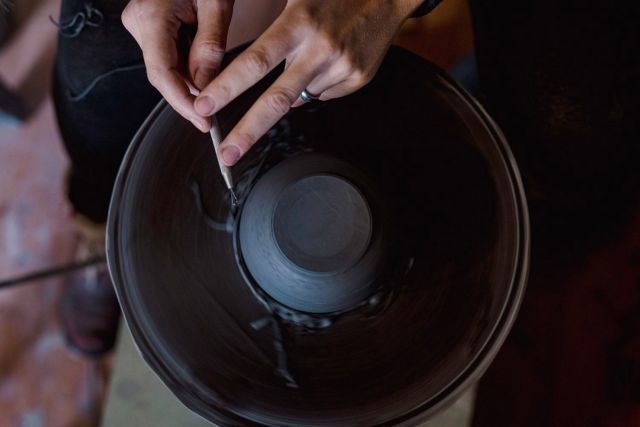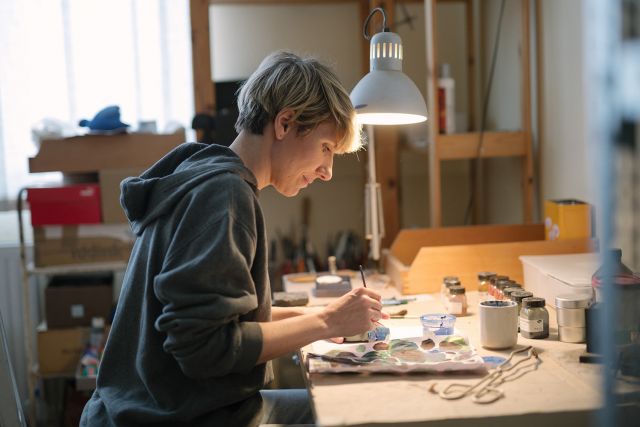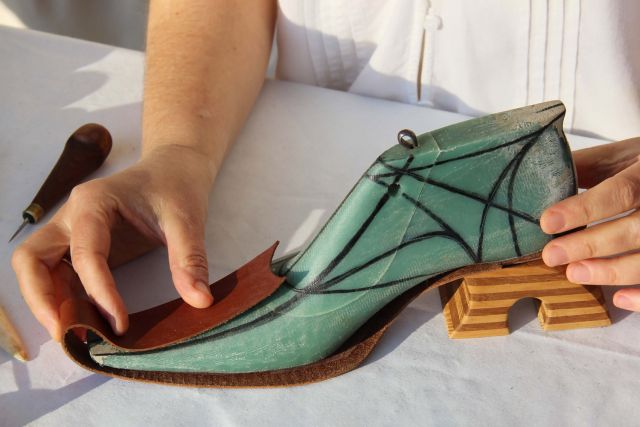The viol or viola da gamba is a traditional instrument that dates back to the mid to late 15th century. In contrast to the violin, it is played upright like cello. This instrument is unusual in that it has seven strings.
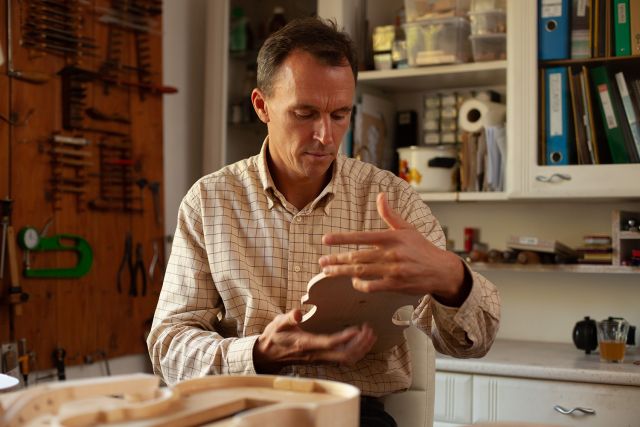
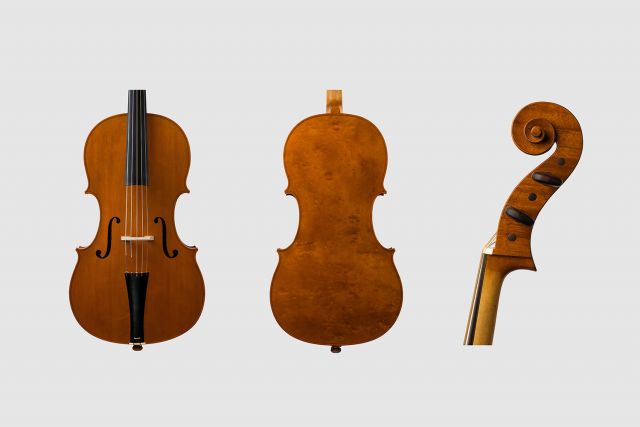
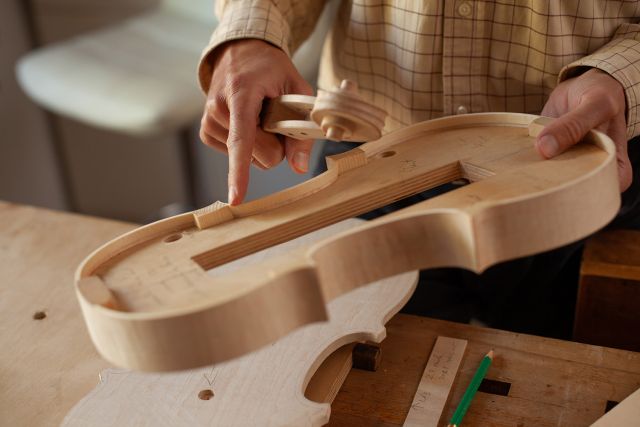
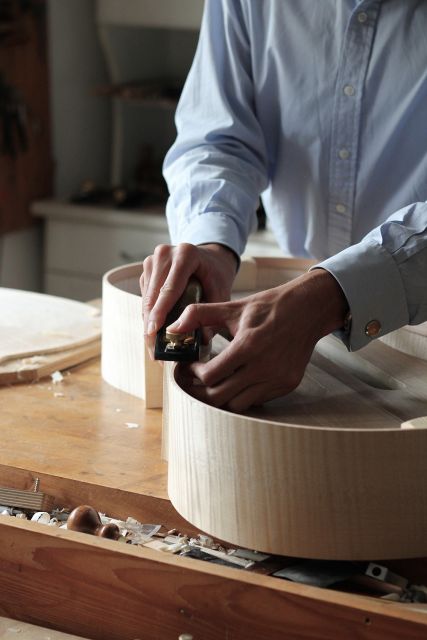
Viktor Koos
- Luthier
- Tinnye, Hungary
- Master Artisan
By appointment only
+36 304957135
The conscious design of sound
- • Viktor's instruments recreate a centuries-old sound
- • He remains faithful to the oldest traditions of instrument making
- • He has clients from early music orchestras all around the world
Viktor Koós has been obsessed with making period string instruments since the age of just 17. “As soon as I saw a film about Antonio Stradivari, I immediately knew this was what I had to do. It really happened from one moment to the next,” he says in his softly spoken voice. But before he could get to work, he needed a solid grounding in the art of instrument making, so he completed a course in early string musical instruments at West Dean College in the UK in 2004. “Making period instruments really is an art form. You have to know the foundations of your craft and the history of early music,” he explains. Viktor's workshop is in the small village of Tinnye, just outside Budapest.
Read the full interviewWorks
Photo: ©All rights reserved

Photo: ©All rights reserved
This four-stringed instrument was crafted to recreate the cello sound of the mid 17th century. It is slightly larger than its modern equivalents and has four natural gut strings, a unique feature of period instruments.

Photo: ©All rights reserved
This instrument is used by Tamás Varga, solo cellist at the Vienna Philharmonic, and is often used to play J. S. Bach’s Cello Suite No. 6. It is relatively rare to see a five-string cello, particularly a period item with traditional gut strings.





